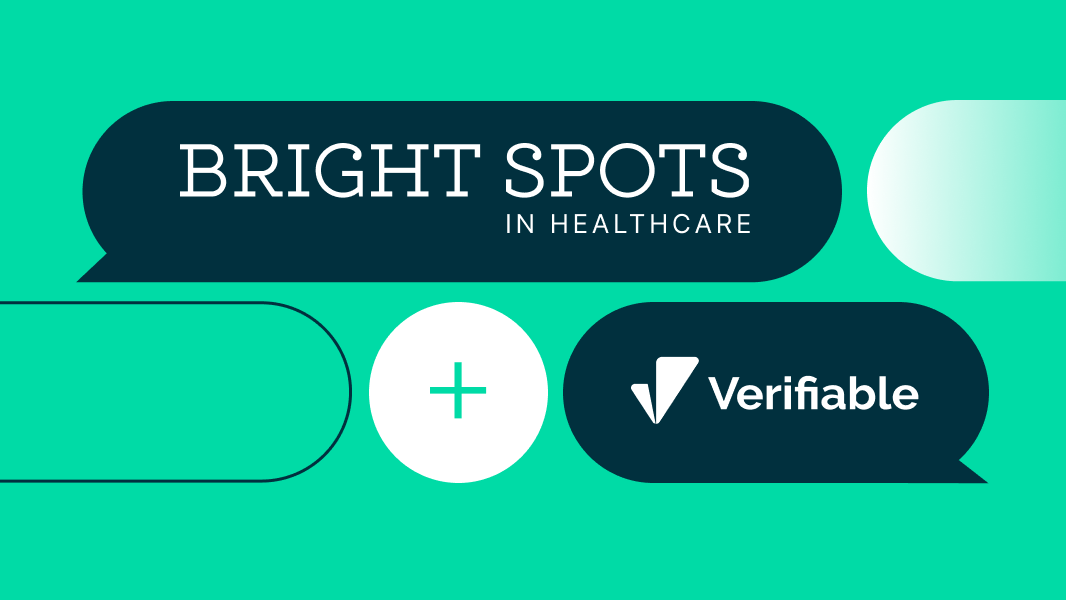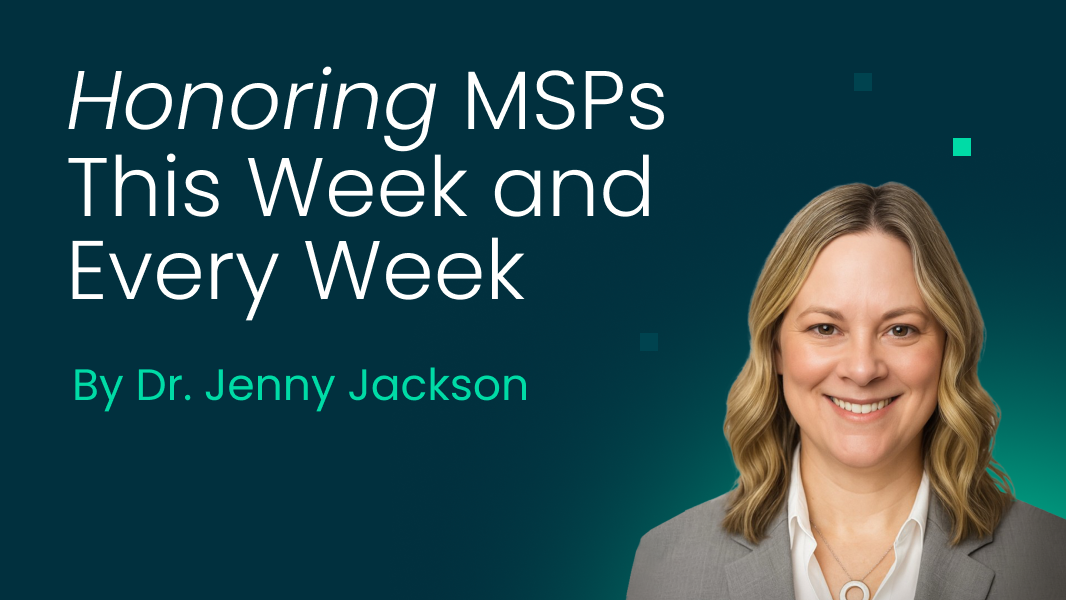The global demand for telehealth services, hastened by the COVID-19 pandemic and major reimbursement expansion for such services, shows no signs of slowing - with an expected 28% CAGR growth rate during the period 2020–2026.*
The sustained rise in demand necessarily involves a sheer increase in the number of providers healthcare organizations need to enlist, and those organizations must ready themselves for a growing need for fast, efficient provider verification operations.
The provider enrollment process is a dynamic one - COVID-19 environmental realities notwithstanding. The healthcare industry is ever-changing and prone to new regulations that bring constant adjustments to the rules of engagement guiding healthcare facilities, providers and payers.
So, what does your organization need to know about provider enrollment? Let's start at the beginning:
What is Provider Enrollment?
Provider enrollment refers specifically to requesting participation in a health insurance network as a provider - a process they must go through ahead of seeing patients and providing medical services. This involves requesting participation, completing the credentialing process, submitting supporting documents and signing the contract. Enrollment also validates a provider in a public health plan and the approval to bill the agency for services rendered.
Health providers must enroll with major health plans to be considered "in-network," "participating," or "effective" - which has a direct effect on reimbursements and revenue (more on that, later). Patients can receive more cost-efficient services from in-network providers than out-of-network providers.
Provider Enrollment ≠ Credentialing
"Credentialing" tends to be used as an umbrella term for all business activities and processes that serve to examine, review and verify that medical professionals are qualified to administer healthcare across settings. While many of the data points leveraged for credentialing and provider enrollment are the same, it is essential to recognize the distinction between these two processes.
The credentialing process refers specifically to verifying a health provider's license, education, training, and other relevant qualifications. Healthcare facilities perform credentialing as part of the hiring process, while insurance companies leverage the process to vet providers looking to participate in their network. Credentialing also validates a provider in a private health plan and the approval to join the network.
As such, provider enrollment is just one piece of the "credentialing puzzle," along with privileging - the process through which facilities permit providers to perform specific procedures and services based on a provider’s training and experience.
What is Required for Provider Enrollment?
To complete provider enrollment, healthcare organizations must first gather and process the same data points leveraged during the credentialing process:
- Licensure
- DEA registration
- Controlled Dangerous Substance (CDS) certification
- Board certification/specialty information
- Education and training
- Professional liability claims history
- Disclosure questions
- Work history
- Hospital/facility affiliations
- Malpractice history
Beyond those, the additional data points required to move forward and complete the provider enrollment process include:
- Primary Care vs. Specialty Providers. The core difference between primary care and speciality providers lies in the types of services rendered. The distinction ultimately drives the reimbursement rates.
- Practice Location Information. This information includes practice/directory name, address, telephone number, office hours and services rendered in-office (i.e., EKG, phlebotomy, etc.). Failure to accurately note this information could lead to penalties - such as fines from CMS.
- Billing information. This information includes Group NPI (i.e., NPIs assigned to larger health systems like hospitals, medical groups), tax ID and billing/remittance address.
Payer-level Enrollment Data Requirements
Most payers and provider organizations follow National Committee for Quality Assurance (NCQA) guidelines for credentialing and provider enrollment. Still, it is essential to know that some payers require information beyond the scope of what’s provided as part of general NCQA protocol. For example, payers may choose to verify education directly through the school as opposed to the board or licensing agency. Some payers, especially those receiving funds from federal sources like Tricare, may also require background checks before participating in the network.
Provider Enrollment: What’s At Risk?
Provider enrollment and credentialing at large can be daunting - especially given what’s at risk when these processes aren’t well-managed:
Revenue Implications
Provider enrollment is a business-critical process that, if not executed properly, can have major implications on an organization’s revenue cycle. Providers not properly enrolled in a health plan will have their patient encounters written off which, when considering the volume of patient encounters a typical provider accumulates over a month, week or even day, produces a clear and significant risk for overall revenue.
Data Accuracy
Accurate provider data management is critical. Payers are becoming more vigilant in finding and correcting inaccurate provider directories and monitoring provider accessibility and provider network adequacy standards. For the most egregious of service location enrollment data errors, the Centers for Medicare & Medicaid Services reserves the right to automatically disenroll groups and providers without notification.
Ready to Speed Up Your Provider Enrollment Processes?
Time is of the essence when maximizing revenue cycles in the virtual care environment - fast-moving organizations cannot risk having their providers sitting in limbo during the enrollment process as reimbursements are lost. Take back control of the provider enrollment process with Verifiable - the most advanced platform the industry offers, coupled with novel approaches and deep know-how.
Verifiable's platform ensures fast, accurate submissions that get accepted the first time and promote transparency throughout the process. Our suite of tools also help lay the path to ‘delegation’.
The Verifiable Difference: As Easy As 1-2-3
How does Verifiable work, you ask?
- Zero-lag from credentialing to kicking off enrollment tasks. A unified platform makes starting the enrollment process fast, easy and seamless - ensuring your providers get enrolled ASAP.
- Shared data, automation, smart forms, and easy roster reporting. Pull from a centralized, accurate provider roster to quickly complete payer forms with ease and accelerate time to submission.
- Transparency and updates throughout the process. Track the status of individual applications and providers while also being able to see and report across your entire provider network.
* Reportlinker. U.S. Telehealth Market - Industry Outlook and Forecast 2021-2016. Published May 2021.
Learn more about Verifiable’s provider enrollment solutions and request a demo to experience the full spectrum of services geared toward accelerating your organization’s path to revenue.

.svg)




